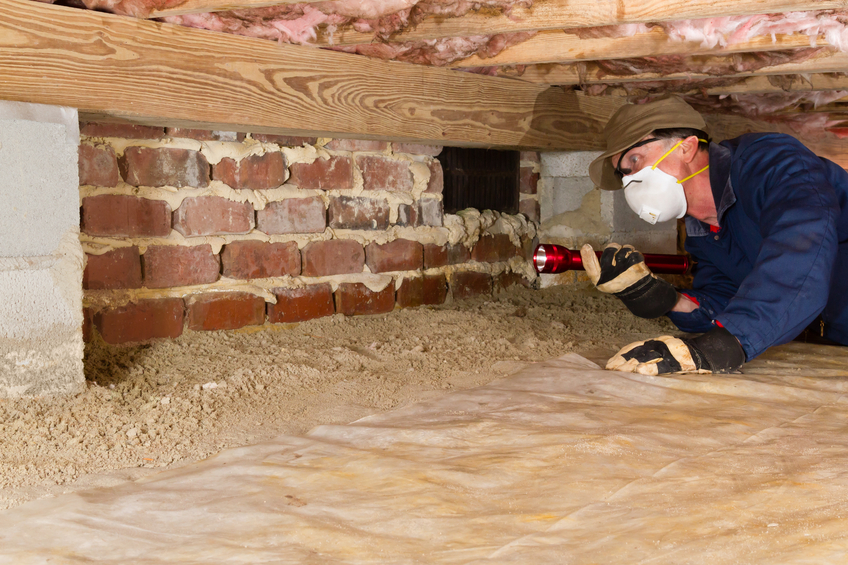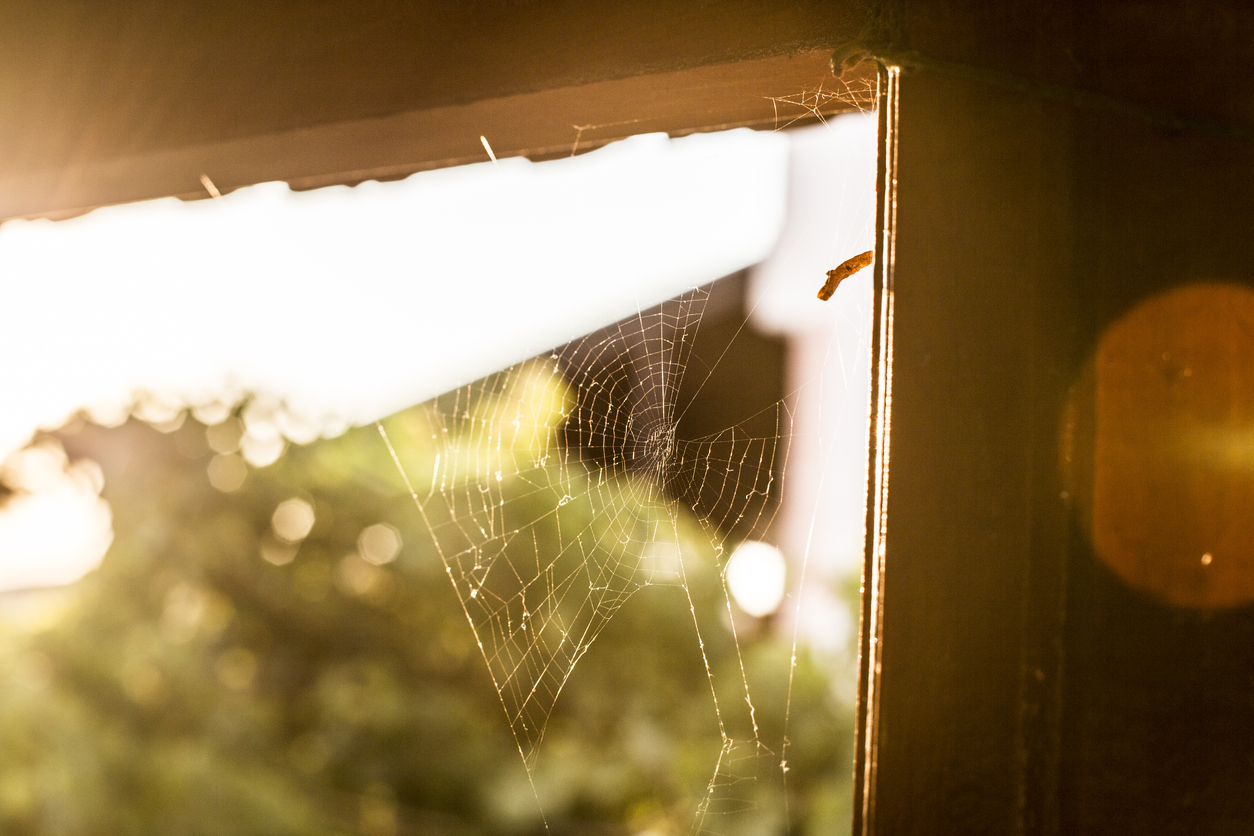
Termite Inspections: What Homebuyers and Sellers Need to Know
Are you thinking about putting your house on the market so you can move on to greener pastures?
When it comes time to move on from the house you’re currently living in, there’s a ton of paperwork that needs to be filled out.
A small portion of that paperwork includes a list of inspections your home needs to pass.
Inspections Your Home Needs Before You Sell
Radon Inspection
How much do you actually know about radon?
Chances are, not a lot — but this odorless and colorless gas can be quite dangerous. In areas with high concentrations of radon, the risk of lung cancer and other respiratory diseases significantly increase.
A radon test will include a testing of the uranium in the soil and if the gas is present within the house.
Buyer’s Inspection
Before a buyer purchases a home they will keep the sale pending until an inspector of their choice gives them the go ahead.
The inspection will cover structural and mechanical soundness, as well as an inspection of the roof, plumbing, HVAC, and electrical systems. As a seller, you should sit this inspection out and allow the inspector and real estate agent to take care of this.
Termite Inspection
Having a house filled with pests is not ideal, but it is a solvable problem. However, a home filled with termites is a horse of another color!
By law, homeowners need a letter from a certified pest control company declaring the house termite-free. Once the inspection has been completed, you can move forward with the selling process.
However, if termites are present, keep that pest control company around to talk about a solution.
—
Termite Inspection Requirements for Selling Real Estate
In order for a real estate sale to be finalized, the house and property must be inspected for termites. This inspection is to protect the buyer’s interests so they are not tricked into something they were not aware of.
Here’s what a typical real estate termite inspection consists of:
Manhunt
The pest management professional is going to inspect the entire house, especially areas like the attic and crawlspace. In these commonly infested areas, an infestation will exist if live termites, dead termites, mud tubes, or molted wings are found. An infestation can still exist without obvious clues, which is why the inspector will need to look for visible wood damage as well.
A History of Infestation
An inspector isn’t just looking for a current infestation, they’re also looking for treatments of past infestations. Signs could be old exit holes or wood that was treated and left unrepaired. All of this information must be disclosed even if there are no signs of a current infestation.
Out of Sight
Not all areas of a house are accessible and therefore aren’t going to be inspected. Any area that can not be inspected is listed in the inspector’s report. If an area of the home is too cluttered or blocked by large pieces of furniture, they are deemed inaccessible.
Removing the Infestation
Treatment is recommended when…
- An active termite infestation is within the house.
- There is no infestation within the house, but there are signs of an infestation underground.
- The house was previously treated for an infestation, but could still have termites underground.
- Termite inspections are mandated by law for the proper sale of real estate, so it’s best to be familiar with the process if you’re looking to buy or sell a home.
—
What Homebuyers Should Keep an Eye Out For During a House Tour
Buying a house can be one of the most exciting AND terrifying experiences of your life. Since this is going to be one of the bigger decisions in life, there’s a lot you need to account for before you sign those papers.
During the dozens of inevitable house tours you will go on, make sure you keep an eye out for… pest infestations!
Look For Random Spots
- Let’s be real — all animals produce fecal matter, the same goes for the pests that are hiding within a house. Keep an eye out for fecal matter spread throughout the house, varying from small specks to little pebbles.
- A home filled with bed bugs will show signs of small red spots, usually near beds, furniture, and electrical outlets.
- Termites will create small mud tubes while also shedding their wings — such messy creatures!
Illuminate Dark Areas
With each house tour you go on, remember to bring along a small flashlight. This will allow you to inspect any dark areas of the house like crawl spaces, attics, basements, inside of cabinets, and hard to reach areas behind fixtures and walls.
Many pests like to live in dark, moist areas, so it’s important to shine a light where you normally can’t see.
Let Your Nose Do The Seeing
Keeping an eye out for pests is important, but you should also keep your nose on the lookout for foul smells. Infestations of pests, such as rodents, cockroaches, and termites each have a unique odor.
This odor is one that is usually musty, oily, or just downright smelly! With each room you enter, take a deep breath and see if anything smells out of the ordinary.
Touring a home you could potentially end up buying is exciting — but be sure to keep an eye out for trouble signs. When you’re looking to buy a home (or have already moved in) and need a pest management professional to inspect the house for infestations, give us a call!


